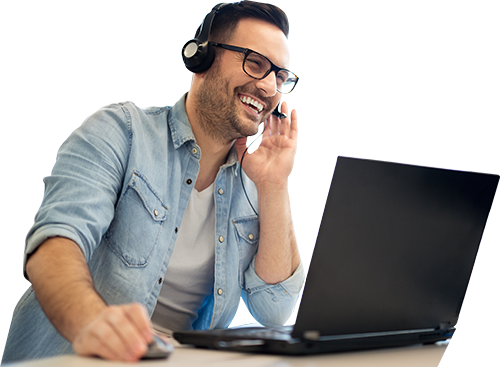Imagine that you need to transport large loads across long distances. But if you don't load your cargo trailer the right way, you can face some problems.
From selecting the right type and size of trailer to using ties to secure items, you can load your trailer the right way.
Keep reading to learn more about loading cargo trailers.
Choose the Right Size Trailer
Before you can properly load a cargo trailer, you should consider the size. Not only should your trailer be big enough to hold everything, but it shouldn't be too big.
If the trailer is too long, you won't have enough stuff to weigh it down towards the back. When that happens, the trailer may not stay as straight behind you when you drive.
Cargo trailers come in a variety of sizes, so you should determine how much space your load will need. Then, you can figure out how to place or secure large items and loose objects in the trailer.
Cargo trailers are fantastic for long-distance travel, but the wrong size can lead to bad consequences.
Select the Right Type
Some cargo trailers are enclosed, so they can protect the cargo from the elements. An enclosed trailer is useful if you have to transport delicate items or travel through harsh weather.
A
tank trailer
is good if you need to transport liquids. Like other enclosed trailers, a tank can protect the contents.
Another type of cargo trailer to consider is an
open trailer. Unlike tanks and enclosed trailers, open ones do not provide a cover for the cargo.
If you need some flexibility with the height and size of the load, an open bed can be the right choice. You can choose from different types of open beds based on the security you need for the load.
Put Heavy Stuff in Front
No matter how big your cargo trailer is or the type, you should put heavier items in the front. When you put the heavy cargo closer to the front, you can keep the centre of the weight closer to you.
If you place or secure large items and loose objects in the back,
the trailer might swing
from side to side as you drive. You won't have as much control, and it can be dangerous for you and others on the road.
While you may not be able to keep the cargo trailer from swinging a little, you want to minimize that risk. By keeping most of the weight in the front and centre, you can avoid unnecessary motion.
A good rule to follow is to place 60 per cent of the load in the front half of the cargo trailer. You can put the other 40 per cent in the back.
Put Light Stuff on Top
Another thing to consider when you load a cargo trailer is where to put the lighter items. After you load the heavy and bulky cargo, you should fill out the trailer with lighter cargo.
If you have space on top and need more weight near the front, you can put certain items on top of others.
Not only can this keep the heavier cargo from crushing lighter items, but it can keep the centre of the weight lower. Overall, that will help with load securement regardless of what you need to load.
And whether you use a cargo tie-down or not, putting the heavier items on the bottom will keep them from moving and falling off the smaller boxes.
Use Chain Tie Downs
Whenever you use an open cargo trailer, you should tie the load to keep it secure. You never know what can happen on the road, and securing a load will keep it from moving around, and smaller items won't fly off.
Chain tie-downs are
strong and durable, and they can secure a variety of cargo loads. You can choose from different grades, with the highest grade being the strongest.
However, you need to be careful when using chain tie-downs. As durable as they are, they can damage the cargo underneath.
Still, they can be useful for securing cargo that won't cave in, such as metal crates and similar items. You also don't have to worry about the chain breaking during the middle of transportation.
Why Cargo Trailer Load Securement Matters
If you need to secure a cargo trailer, you may wonder why it's so important. Odds are you've driven a car with a full load, and it hasn't had any problems.
However, larger loads require special care. The bigger and heavier the load, the more important it is to use cargo tie-downs and other materials.
Consider a couple of reasons why you should load your cargo trailer correctly.
Safe for the Ride
If you don't load a cargo trailer the right way, it won't be as safe during transportation. Smaller items can move around easily, and some boxes may fly off if the trailer is open.
When something flies off a trailer, you will not have it at your destination, which can cause problems for the client or other recipient. Other drivers on the road will also have to avoid the item, depending on its size.
Easier to Unload
While open trailer tie-downs are important for many reasons, enclosed trailer tie-downs will make things easier on you as well.
When you get to your destination, you will have to figure out how to unload the cargo from the trailer. And if things shift or fall during the drive, unloading will be much more difficult.
Load Up
If you need to transport items over a long distance, you need to load your cargo trailer correctly. Improperly loading items can be dangerous for you and other drivers, and it can cause you to lose money and time.
Consider a few ways to secure the load the next time you fill up your cargo trailer. Then, you can make sure the load arrives safely at its destination.






